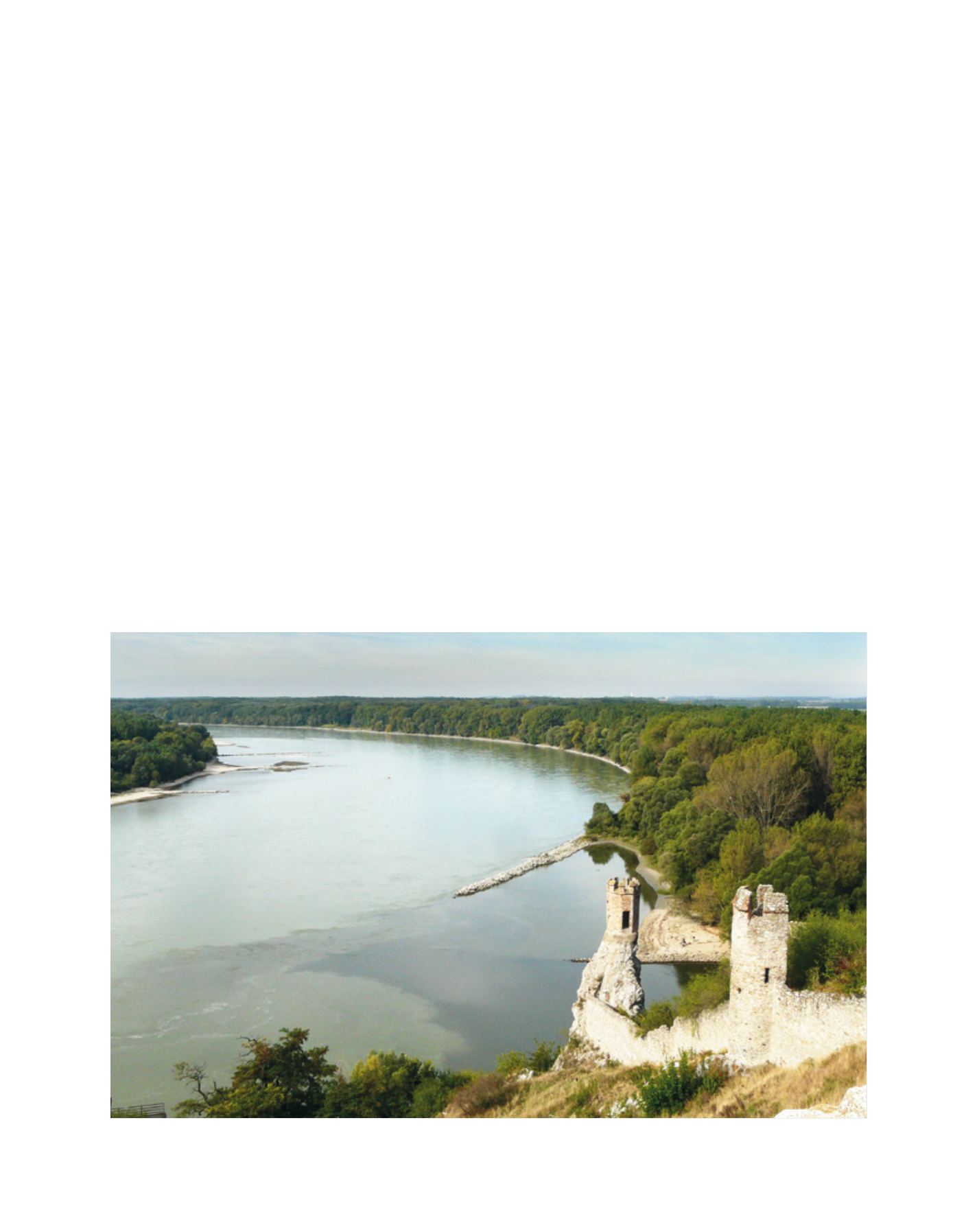

[
] 249
W
ater
C
ooperation
, S
ustainability
and
P
overty
E
radication
in fertile soils, feeds underground aquifers and finishes in
springs or is stored in all sorts of wetland types. Almost
everywhere, our drinking water resources are delivered
through wetlands. And our local communities, as well
as urban societies, profit from specific wetland ecosys-
tem services, such as water purification, retention and
release, and the production of wetland food, fish and
fibre. Wetlands help with erosion control and sediment
transport, thereby contributing to land formation and
increasing resilience to storms. The final Rio+20 decla-
ration on ‘the future we want’, clearly recognizes the role
of ecosystems in the supply of water and its quality.
The Ramsar Convention in particular encourages and
obliges its member states to cooperate when it comes
to wetlands and river basins that are shared between
neighbouring countries, concerning shared species that
migrate from one country to the next, and concerning
development projects that might affect wetlands in a
neighbouring or third country. The Ramsar Convention
created and continues to support the global concern
and the recognition of a shared responsibility for these
ecosystems that provide us with multiple benefits for
large cities as well as rural communities. Over the years,
the Convention has elaborated operational tools on how
to integrate wetland site management for the benefit
of the functioning of specific ecosystems within broad-
scale environmental planning at the scales of entire
river basins and coastal areas. Tools designed to clarify
eventually led to the establishment of the first modern environmen-
tal cooperation treaty. Eighteen countries sent their plenipotentiary
governmental delegations to an international conference in the
Iranian seaside resort of Ramsar, at the shores of the Caspian Sea
(itself a globally important wetland), to sign an intergovernmental
text, based on the shared confidence that far-sighted national poli-
cies and coordinated international action are needed to maintain
and to manage in a sustainable way these important ecological
systems that were longtime neglected, drained and destroyed. The
new treaty with a global reach, signed in Ramsar on 3 February
1971 was the first of its kind. It is since colloquially known as the
‘Ramsar Convention on Wetlands’. Today, it is rapidly reaching
its full global coverage. Already, its member states have together
listed more than 2100 ‘Wetlands of International Importance’ (also
known as Ramsar Sites), in more than 165 countries, and covering
together well beyond 200 million hectares. The Ramsar Sites form
the largest network of protected areas across the globe.
Wetlands are the earth’s natural water infrastructure. They provide
a clean source and store of freshwater, thus assuring the security
of water supply in dry regions and during drought seasons, while
inversely also mitigating flood and storm damage through their water
retention capacities. During the international year of water coopera-
tion, the message on World Wetlands Day (2 February 2013) was
clear: wetlands take care of water – they provide the natural infra-
structure to capture, filter, store, transport and release water. Wetlands
are the critical arteries in the water cycle, the hydrological cycle that
keeps human societies supplied with water. Rain evaporates rapidly
and returns back into the atmosphere, as long as it is not soaked up
Confluence of the Morava with the Danube seen from Devin castle, Slovakia, part of the Transboundary Ramsar Site ‘Floodplains of the Morava-Dyje-Danube confluence’
Image: T.Salathé/Ramsar


















